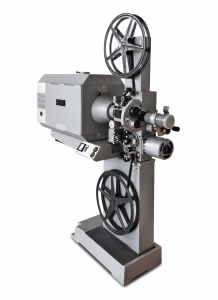One of the main goals accomplished by legalizing marijuana in Colorado was the perceived increased revenue stream from state tax. Lawmakers strongly believed Colorado would benefit financially from the legalization of marijuana in its state. To their shock and dismay, the legalization has not been as profitable as lawmakers had hoped.
By way of brief background, Colorado enacted a pot tax in 2013. Specifically, on November 5, 2013, Colorado voters passed the pot tax. The tax operated similar to other sin taxes in that it came at a hefty rate. Recreational marijuana sales were subjected to a 25% tax which went into effect on January 1, 2014. Of the 25%, 15% will be tagged for public school construction projects and 10% was earmarked to funding enforcement regulation on the retail pot sales. This excise tax, which is similar to tobacco and cigarette taxes, is in addition to 2.9% sales tax at the retail level. Colorado estimated that the recreational marijuana tax would generate about $100 million in revenue within the first two years. However, as Colorado’s Legislative Council economist Larson Silbaugh eloquently put it “I think our original assumption about cannibalization was wrong.”
In fact Colorado’s projection on its pot tax was off by about 60 percent. In its first fiscal year, the tax generated just over $12 million, which was down from its $33.5 million projection. This also scaled back its year 2 projections from the $100 million number to about $30 million.
 Multi-State Tax Law Blog
Multi-State Tax Law Blog


 Are the peanuts being purchased by Logan’s and resold to its customers? Or is Logan’s purchasing the peanuts for its own use as a giveaway to its customers?
Are the peanuts being purchased by Logan’s and resold to its customers? Or is Logan’s purchasing the peanuts for its own use as a giveaway to its customers?


 The only Supreme Court case that attempts to address this issue is Quill Corp. v. North Dakota, in 1992. In Quill, the Court held that in order for a state to have the power to tax a company within that state, the company must have some “physical presence” within that state. To add another wrinkle, Quill dealt with the ability for a state to force a company to collect its use tax. Does this “physical presence” apply to sales tax? What about corporate income tax?
The only Supreme Court case that attempts to address this issue is Quill Corp. v. North Dakota, in 1992. In Quill, the Court held that in order for a state to have the power to tax a company within that state, the company must have some “physical presence” within that state. To add another wrinkle, Quill dealt with the ability for a state to force a company to collect its use tax. Does this “physical presence” apply to sales tax? What about corporate income tax? An October 2012 article written in the New York Times that can be found
An October 2012 article written in the New York Times that can be found